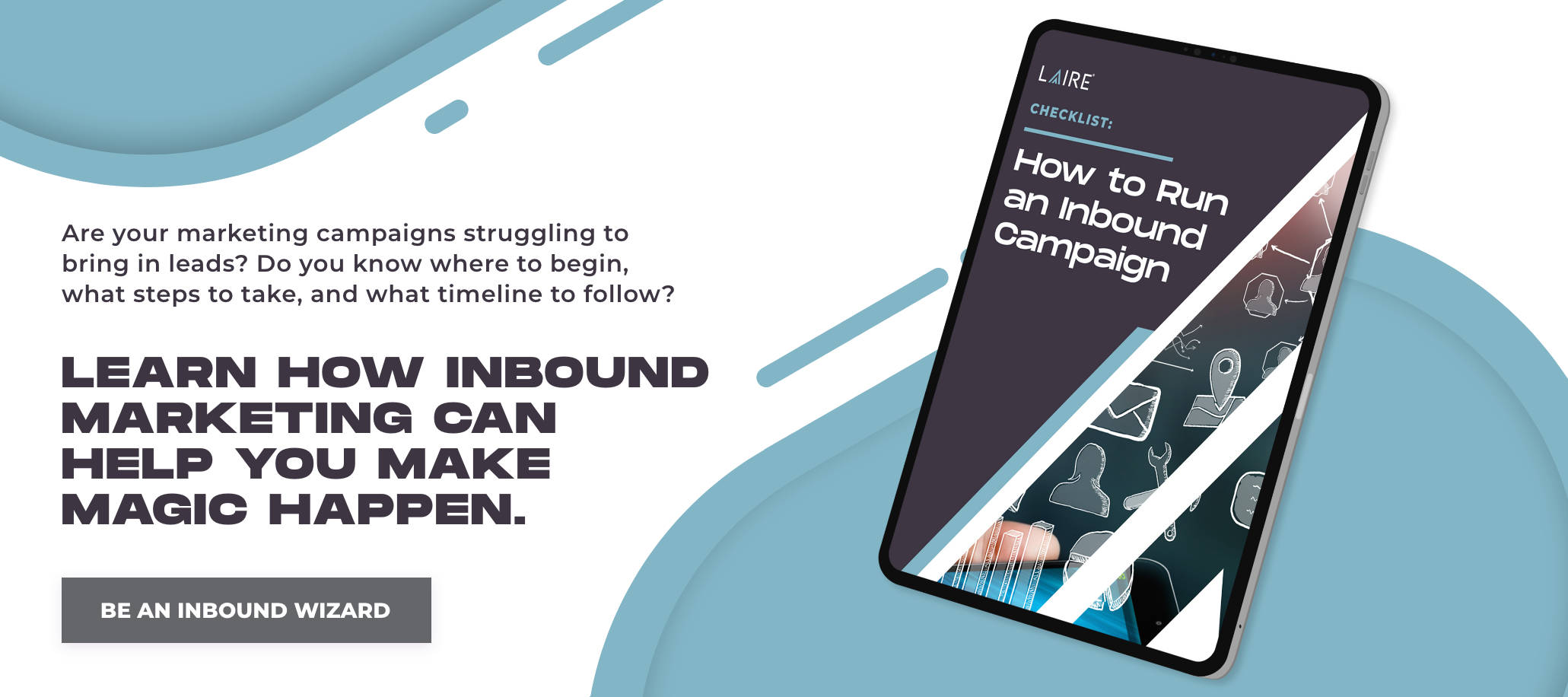Email marketing may seem like an antiquated strategy, but that isn’t true. It is still an effective practice after many years of use. Email marketing campaigns are a great way for businesses to keep in contact with current clients and nurture relationships with leads by providing valuable content they actually want to read. But, that’s where the problem generally lies with a lot of emails – it needs to have content your audience actually reads.
We’ve all been there. You’ve just spent a bunch of time putting together an email and felt confident about it. After you hit send and waited, then waited some more, no one has read your email or engaged with it. How frustrating is that?
Don’t give up on email campaigns just yet. Try incorporating these seven email marketing tips into future emails to boost your open rate and increase your number of clicks.
1) Grab Interest With a Compelling Subject Line
Your subject line can make or break your entire email. Think about it – this is the first thing your recipients see. If it doesn’t capture their attention or seems like spam, your email could be overlooked or worse, deleted immediately. To avoid that and achieve higher email open rates, keep these subject line tips in mind:
- Keep it under 50 characters. Different email providers and screen sizes will cut off your subject line after a certain number of characters. A good rule of thumb is 50 characters or less to avoid the dreaded “…” in the middle of your subject line. And, to make doubly sure it isn’t too long, we suggest using the preview function in your email marketing platform (HubSpot, Constant Contact, Campaign Monitor, MailChimp, etc.), and always test!
- Personalization. Adding a contact’s first name (and/or city name or company name when it makes sense) into the subject line is a great way to get their attention. It makes the email feel tailored to the individual, thus making them more likely to open it. Don’t use this feature every time though. It loses its effectiveness when overused.
- Try emojis. Emojis are another way to grab your recipients’ attention in their inbox. However, it’s important to think about your audience. If the majority of your contacts are Millennials, then emojis make sense, but if you’re targeting an older demographic, they may not be as effective.
- Create a sense of urgency. This works especially well when you’re promoting an offer or something with an expiration date or deadline, such as a sale, discount, or scheduled webinar. Phrases that create a sense of urgency include (but are definitely not limited to): limited time, act now, enter now, book now, and countdowns (i.e. 5 days left).
- Make the value clear. Who doesn’t love a good pun or words that rhyme? Well, sorry pun-lovers; they typically don’t belong in your email subject line. Instead, make sure you're being upfront about the value proposition and what you’re offering in the email. It can definitely positively impact their willingness to open since it tells your audience what they’re getting and why they should care.
- Test it out. Testing is super important, and there are multiple ways to do it. We already mentioned using the preview function to make sure your subject line isn’t getting cut off. Another subject line best practice is A/B testing, which is a test of two subject lines that are both sent to a set percentage of your contacts. After the test is completed, the winning subject line will go out to your remaining contacts.
Another way to test the effectiveness of your subject line before hitting send is through Subjectline.com. This rating tool is free and easy to use. Simply copy and paste your subject line to the site, click “Evaluate”, and it’ll populate a rating out of 100, along with recommendations to make your subject line even better.
Pro email marketing tip: If your email marketing platform does not have emoji options, use a website like Emojipedia.org to search, copy and paste emojis into your subject lines. It works like a charm! 👍
2) Keep Your Message Short and Sweet
Your contacts are busy, and more than likely, they get a lot of emails. So don’t write a novel -- get right to the point without all the extra fluffy messaging. That way, when recipients open your emails, they understand the message, get the value, and can move on with their day. They will definitely appreciate it and will be more likely to consume your content if it doesn’t take too much time to read.
3) Know Your Audience’s Interests (and Name)
This goes beyond a simple “contact first name” field in your subject line or email body. We’re talking about personalizing content to your audience’s interests. For example, say you visited a retailer’s website and looked at rocket antennas. More than likely, you wouldn’t want that retailer to then send you an email about a sale on airplane wheels, right? It makes the email seem random and definitely not meant for you, the consumer. So, make sure you’re putting yourself in your audience’s moonboots before you hit send and ask yourself, “Is this content relevant?”.
When the answer to that question is "no", try making slight variations to your email for different contact lists so it becomes more targeted.
![]()
4) Include Graphics and Images
An email with visually interesting images is more likely to get a reader’s attention and get them engaged with the content. Make sure they’re relevant though. Randomness can cause a disconnect with your audience.
Pro email marketing tip: Add personalization to your images with a paid tool like Nifty Images, where you can create custom countdown clock images, photos with contacts’ first names, and so on. This is a super cool tool to use if you have the budget for it.
5) Don’t be afraid of whitespace
Whitespace in your email is the space between blocks of text and images. To some, it can seem like wasted real estate, but it’s actually very beneficial. Not only does whitespace help break up your main points, but it also helps your readers digest the content.
6) Valuable Content is Non-Negotiable
One of the most common email marketing fails is blasting your contact list with content that doesn’t provide them with any value. To make sure your email content is valuable to your audience, see if it does one of the following:
- Educates them
- Offers a solution to the problem they’re facing
- Makes their life easier
- Keeps them up-to-date
7) Include Clear Calls-to-Action
An email with no call-to-action is like a movie with no ending. Or a rocket with no landing pad. It leaves your audience asking themselves, “Okay, now what? Where do I go?”, and that is not a good place to be. This is your opportunity to give your contacts some direction. Depending on the email purpose, your call-to-action could:
- Drive them to a landing page to sign-up for a webinar, download an e-Book, etc.
- Link to a relevant blog
- Request feedback via a survey link
- Watch a video
- And so on
![]()
As you can see, there are several steps for crafting an effective email campaign. And as you start implementing these seven email marketing tips into your strategy, make sure to give it time. As the old saying goes, “You can't travel to Mars in a day”, and you need to be just as patient with email results. You’ll have to determine which tactics work best for you and your unique audience.
Behind every great email marketing strategy is a solid list of qualified leads. If you're lacking in that department, check out the free inbound marketing campaign checklist below:
This blog was originally published on March 26, 2019 and updated on March 28, 2021 for accuracy.


